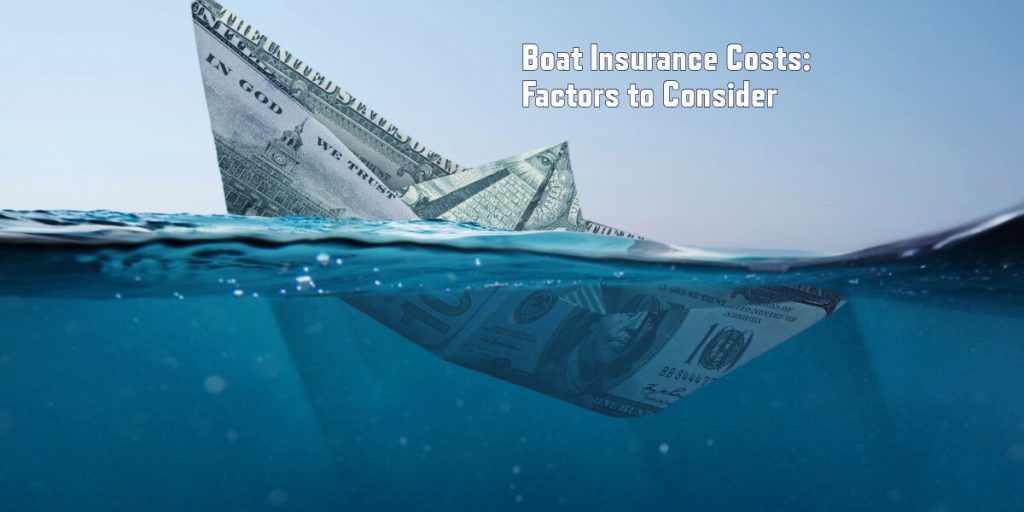
As a boat owner, understanding boat insurance costs is crucial to safeguarding your investment. In this article, we’ll delve into the key factors influencing boat insurance costs, helping you make informed decisions.
The value and age of your boat significantly impact boat insurance costs. Newer, high-value boats are more expensive to insure, while older boats with lower values cost less.
Larger boats require more coverage, increasing boat insurance costs. Different boat types, such as sailboats or speedboats, also affect costs due to specific risks.
How and where you use your boat affects boat insurance costs. Frequent use in high-risk areas, such as coastal waters, increases premiums.
Higher coverage limits and lower deductibles result in higher boat insurance costs. Carefully consider your financial situation and risk tolerance.
A history of claims can increase boat insurance costs. Maintaining a clean claims record helps keep premiums lower.
Inexperienced or unqualified boat operators increase insurance risks, leading to higher boat insurance costs. Consider taking boating safety courses.
Installing safety features, such as GPS or depth sounders, can reduce boat insurance costs.
Proper storage and regular maintenance reduce insurance risks, leading to lower boat insurance costs.
Many insurers offer discounts for loyalty, multiple policies, or boat safety courses, reducing boat insurance costs.
Regional factors, such as weather patterns or local regulations, influence boat insurance costs.
Different insurers and policy options, such as liability-only, affect boat insurance costs.
Consider additional coverage for specific risks, such as hurricane damage, to mitigate boat insurance costs.
Annual policies often cost more than multi-year policies, while payment frequency affects boat insurance costs.
Understanding these factors enables you to navigate boat insurance costs effectively, ensuring adequate protection for your boat while managing costs.

